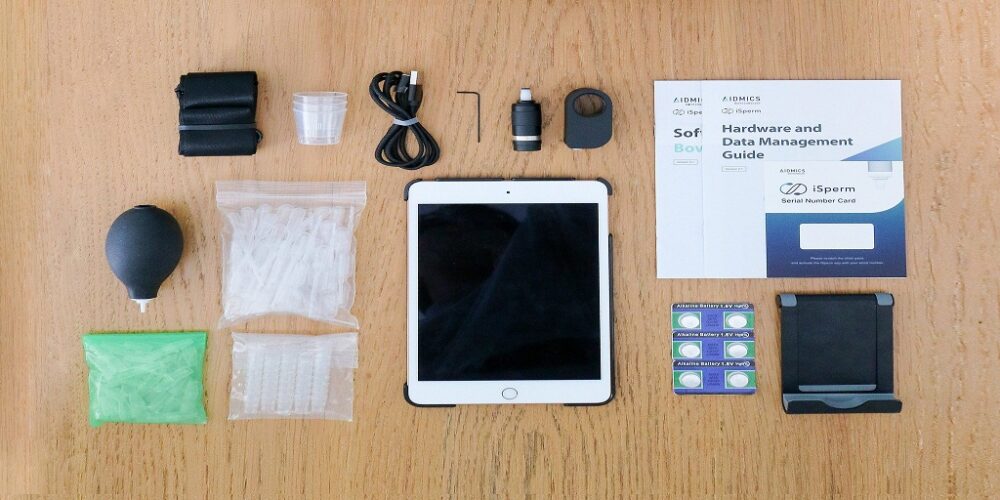Artificial insemination for dogs is one of the most popular reproduction techniques. It is also one of the oldest ones, with roots dating back to 1885.
Artificial insemination guarantees a valuable donor dog for breeding purposes and offers the owner a chance to have puppies without worrying about mating problems that can occur in natural insemination or other reproductive problems.
So what are the most common reasons why dog owners consider it for their dogs and why you should too? We discuss it here.
3 Common Reasons for Artificial Insemination
Artificial insemination technology makes it easy to find, compare, and purchase high-quality donor dogs which are pre-screened by the vendor.
So dog owners and breeders with dogs who have problems reproducing naturally consider artificial insemination as an alternative for a successful pregnancy.
Here are some reproductive challenges that need AI intervention and things you should know about them. If your dog is experiencing any one of these, you might want to consider using the technology.
1. Inability or unwillingness to copulate naturally
After their first heat, which occurs between 6 and 12 months of age, female dogs are sexually mature. Being sexually mature, on the other hand, does not always imply that they are physiologically ready to reproduce.
There are several reasons why a female dog in heat is unwilling to be mounted. First of all, like humans, dogs have mate preferences as well.
Pheromones, mood, and personality are all factors of this. Not all male dogs will be attractive for a female dog, even when in heat.
For instance, female dogs with a strong personality may not be attracted to males with a more subservient attitude.
It’s also crucial that the animals have met before and have had the chance to play and interact with each other.
If your dog has a traumatic experience with other dogs, it may also be the reason why they are unable or unwilling to copulate.
2. Abnormal cycle patterns in female dogs
Pituitary hormones, luteinizing hormones, follicle-stimulating hormones, estrogen, and progesterone all play a role in a bitch’s reproductive cycle. There are 4 phases of the reproductive cycle in a dog: proestrus, estrus, diestrus, and anestrus.
The estrous cycle is a periodic pattern of ovarian activity that allows female animals to go from a state of reproductive receptivity to one of reproductive nonreceptivity.
Any abnormality in the reproductive cycle can present challenges for dog owners who want their dogs to breed, as it will be difficult to ascertain when the dog will be receptive to mating with other dogs.
3. Infertility problems in male dogs
Infertility in male dogs can be confirmed with sperm analysis. The sperm analysis includes sperm count to determine sperm concentration, motility analysis to determine sperm viability, and sperm morphology analysis to identify sperm abnormalities.
All of these can impact your male dog’s ability to reproduce.
Artificial Insemination for Dogs
If your dog cannot conceive even because of the above reasons, you can still have puppies using artificial insemination. Discuss with your veterinarian so he can determine the right course for you and your dog and what steps you should take next.
For testing kits that could help you determine your dog’s cycle and help her conceive successfully, visit MR Diagnostic Services. It’s your one-stop shop for breeding technology.












